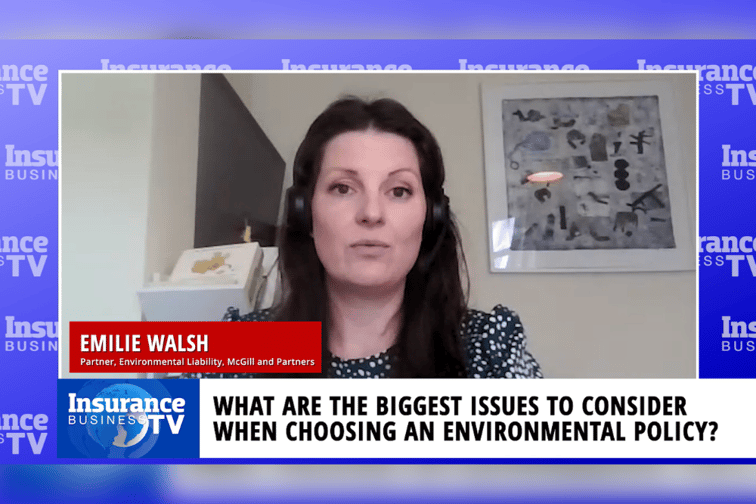

Between having the dubious honour of a consistently high ranking on the top risks reported in the World Economic Forum (WEF)’s annual Global Risks Report, and the variety of collaborative forums looking to offset its influence, environmental risk is no stranger to the headlines. With so many associated perils and an ever-shifting regulatory environment, understanding the risks currently facing clients and what to consider when choosing an environmental policy can seem a Herculean task.
Luckily Insurance Business’s ‘Environmental insurance’ roundtable is on hand, with a panel of top brokers shedding light on the most pressing questions you might have. Kicking off the discussion, Judith Golova, head of environmental insurance at Marsh, noted the need to recognise that the biggest risks currently facing clients encompass both short and long term concerns.
“Thinking about the very long-term risks becomes clear when [you consider] the WEF’s last report on global risks which revealed that, apart from COVID, the risks on people’s minds are climate change and biodiversity damage,” she said. “So you may argue that’s not a risk for this year but, in a sense, all those issues have been developing over the years and so those long term global liabilities are yet to be to be tested in the insurance market.”
The environmental risks that policies have responded very well to, and which are still very prominent in loss ratios, are waste liabilities, Golova said, from illegal disposal of waste to emissions from waste, and including all the claims related to pollution in general. These go beyond common spills and air pollution claims to include landlord liability, when a tenant causes pollution on your land that you become liable to clean up.
Lending his viewpoint, Max West, senior VP at Aon, said the specific risks he and his team are seeing are coming from some of the new contaminants such as PFAS. This is leading to the development of new laws, he said, and in the US there is an increasingly high cleanup standard being actively discussed. Meanwhile, vapours and vapour intrusion continue to be a hot issue. All of this, of course, is developing in the foreground of the new Biden administration which West believes will lead to more stringent environmental regulation across the US.
With such a variety of risks present in the market, Emilie Walsh (pictured), partner, environmental liability at McGill and Partners, highlighted that the biggest issues to consider when choosing an environmental policy are dependent on the complexity of risks facing each client. The key factors to consider, she said, are coverage and value for money, which varies between more straightforward and more complex risks.
“So, for example,” she said, “if you’re looking at an operational policy for a manufacturing site, it’s not too complicated - price is probably the number one factor. Us brokers are actually quite simple creatures when it comes to assessing our quotes, but insurers do actually have quite similar wordings, there’s a similar suite of covers that you’re looking at. So the coverage comparison only really comes into play when you have got very similarly priced quotes.”
Offering an overview of what basic coverages must be included, Walsh stated that these include on- and off-site cleanup, third party bodily injury, property damage, biodiversity damage cover, and prevention and mitigation costs. Some insurers will also offer lots of additional extras which are useful, she said, but brokers need to first make sure all those core bases are covered before looking at those extras during a more in-depth assessment.
On the other end of the scale, when dealing with more complex risks such as an M&A transaction, she said, a premium differential might be warranted when it comes to the extent of coverage provided. If one insurer is giving cover for a known condition that another isn’t, then they are offering much more value for money. Additional critical considerations include service response times and, most crucially of all, how insurers respond to claims adjustments and claims payments as, ultimately, this is what the client is buying.
“I also think the willingness of the underwriter to amend the policy wording, particularly in property and corporate transactions, is really very significant,” said Stephen Sykes, director, Ashfield Risk Transfer Solutions. “Because what we’re trying to do in those deals is back off warranties and indemnities and some tailor bespoke wordings are often quite important to that state.
“Environmental insurance [is sold] through fear of liability but I think there’s a value add [element] where we try and remove the risk to facilitate transactions and add value… And a lot of the projects I get involved with, M&A deals and the like, the longevity of the cover is quite an important consideration because it could get you through not only the initial transaction but also subsequent transactions.”
